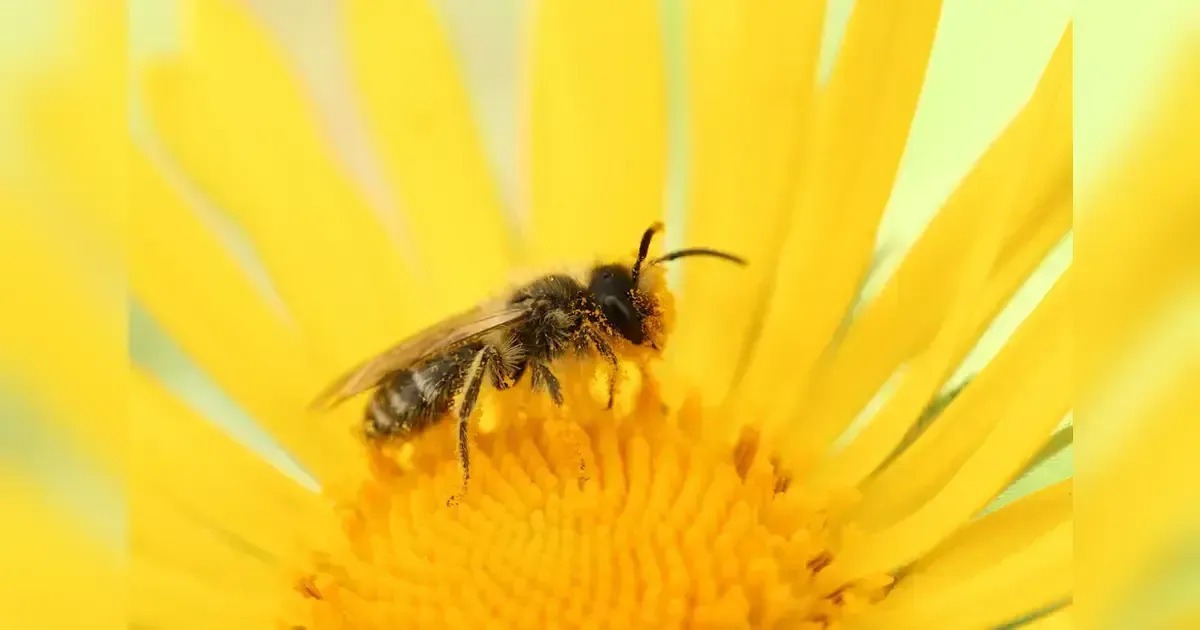Learn about Why You Should Teach Your Kids To Save The Bees.
Bee populations are decreasing globally. Since 1990, bee populations have decreased by 33% worldwide, and in the UK, 20 bee species have gone extinct while 35 more species are at risk of extinction. The increase in pesticide use globally and the decrease in wildflower habitats are both contributing factors.
How Can We Help Preserve and Protect The Bees?
There are many methods we can use to participate in saving our bees.
Eliminate Pests Naturally
Pesticides are the main threat to bees. Instead of using harmful chemicals in your garden, consider hand weeding with your children. Copper rings can deter slugs, and cover weeds with cardboard and mulch to prevent sunlight from reaching them.
Go Outside and Explore The Natural World
Take strolls - there is nothing better than spending time in the garden or going for a walk in the countryside or park. You could also consider visiting a bee hive farm or simply going for a walk in nature. In certain regions, community 'bee walks' are being organized. If there is no expert available in your area, why not take the initiative to find one and organize an event for the community?
Get Started With Scientific Research
For instance, document and recognize the bees that frequent various flowers and crops for food. Grab a big plastic ring and tally up the number of creatures visible within the ring. Experiment with various habitats and then make comparisons between them.
Construct a Shelter For Bees And Bugs
Bees enjoy not only flying around plants and flowers but also taking breaks in walls, patches of bare ground, tall cool grass, and stacks of wood. Creating a bee hotel is an excellent way for both you and your child to explore the life and behavior of bees firsthand. You can create a basic bee hotel by grouping small bamboo pieces in a plastic bottle with the top removed and placing it close to your plants.
Another option to think about is setting up a bee box or hive in your garden. There is probably a nearby club or organization that can offer guidance on this matter and they are usually quite accommodating. You can also learn how to obtain bees at no cost to populate your bee hive.
Cultivate Certain Herbs
Many herbs are beneficial for bees and have a delightful fragrance - they can also be incorporated into kids' cooking or school lunches. Some herbs can enhance the taste of honey and other items. A herb garden is a calming area for kids to explore, or simply having a pot of herbs near a bench if you have limited space.
Plant a Living Fence
Planting a hedge with native plants can greatly benefit various wildlife in your region by offering habitats, food, and shelter for numerous small creatures like bees. You might want to consider planting a mix of plants that offer berries, flowers, and evergreen leaves all year round.
Options like ivy, hawthorn, sloe berries, and cotoneaster, as well as fruit-bearing plants like raspberry and currant bushes, are excellent selections. Experiment leaving the grass under the hedge uncut and avoid being too neat in this area, and soon you will notice various forms of wildlife appearing, such as frogs, insects, and the occasional hedgehog.
Cultivate Some Fruits to Help The Bees Survive
Growing fruit trees and plants benefits bees and promotes children’s healthy eating habits. Strawberries, raspberries, and hawthorn offer delicious berries, while apples, sloes, plums, and cherries give us tasty fruit and support bee conservation - a win-win situation.
Create a Watering Spot For Bees
Bees require water as well, therefore you can assist by offering some.
Preserving the Bee Population
One excellent activity you can do with your kids is to make a bee watering station. This project is appropriate for individuals of all ages because it involves a shallow water dish. You can create a bee bath from a spare stone bird bath, but you could also use a shallow container like an upturned dustbin lid or plastic flower-pot tray.
Ensure the tray is full of marbles to create a stable resting place for the bees, preventing them from accidentally drowning by rolling around. Adding smaller beads or glass stones can vary in height and create drinking areas for bees, who use their own straws to navigate between the marbles for a drink.
Next, simply include some water. You can position your bee watering station by blooming plants and herbs where the bees enjoy flying. Keeping this filled and well-maintained is crucial to prevent bees from bringing diseases to the hive.
Work Collaboratively to Establish a Garden For Bees and Other Pollinators
Check out bee-friendly plants for recommendations on what to grow. It is an excellent chance to establish a clear connection between the food we consume and the animals (particularly bees and other pollinators) that play a crucial role in producing our meals.
What More Can Be Done to Assist Bees?
If you encounter a weak bee in distress, you can assist by offering it a spoonful of a mixture containing equal parts of water and sugar. This could provide the necessary energy for the bee to fly back to the hive and recover. Avoid substituting this water for flowers because it lacks nutrients for bees just like it does for humans.
There are numerous opportunities to connect with nature all around the world. Just stepping outside and taking in the songs of the birds, or the rustling of grass in the wind. Children, on the other hand, may require some assistance to truly experience the wonder in these activities, so why not give it a try?
Dip a net into the pond and see what creatures you can discover.
Collect a few leaves and create an artwork using them
Create a bark rubbing drawing.
Collect some pine cones and transform them into a different item, such as an animal or holiday ornament.
Begin your own 'nature diary',
Gather small stones, feathers, polished glass pieces, or shells from the shore.
Search for rocks and paint them.
Rural areas, outdoor spaces, recreational areas, the shore, and forests. They can offer great materials for activities related to nature, so ditch the TV, go outside, and explore. Your children and the bees will be grateful to you!
Therefore, these are some suggestions to get you started, but the crucial factor is not 'What you do', but simply taking action!


























